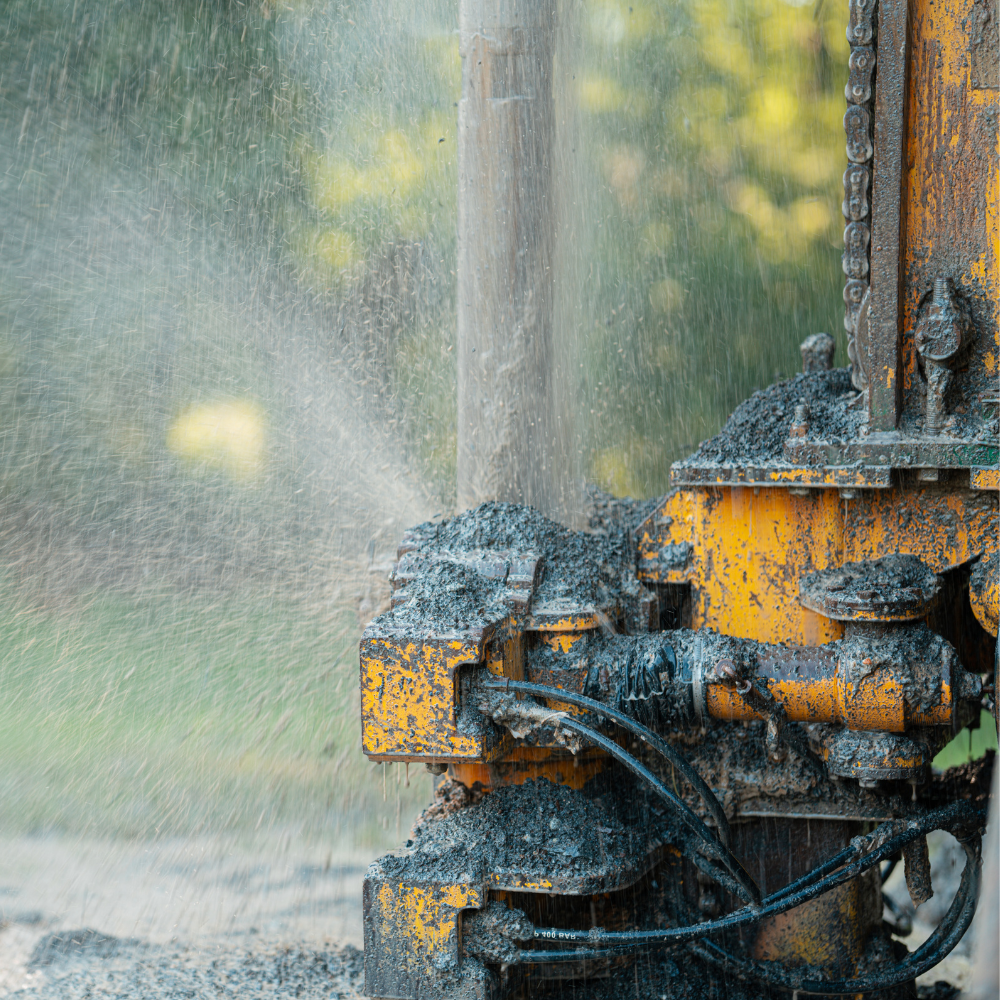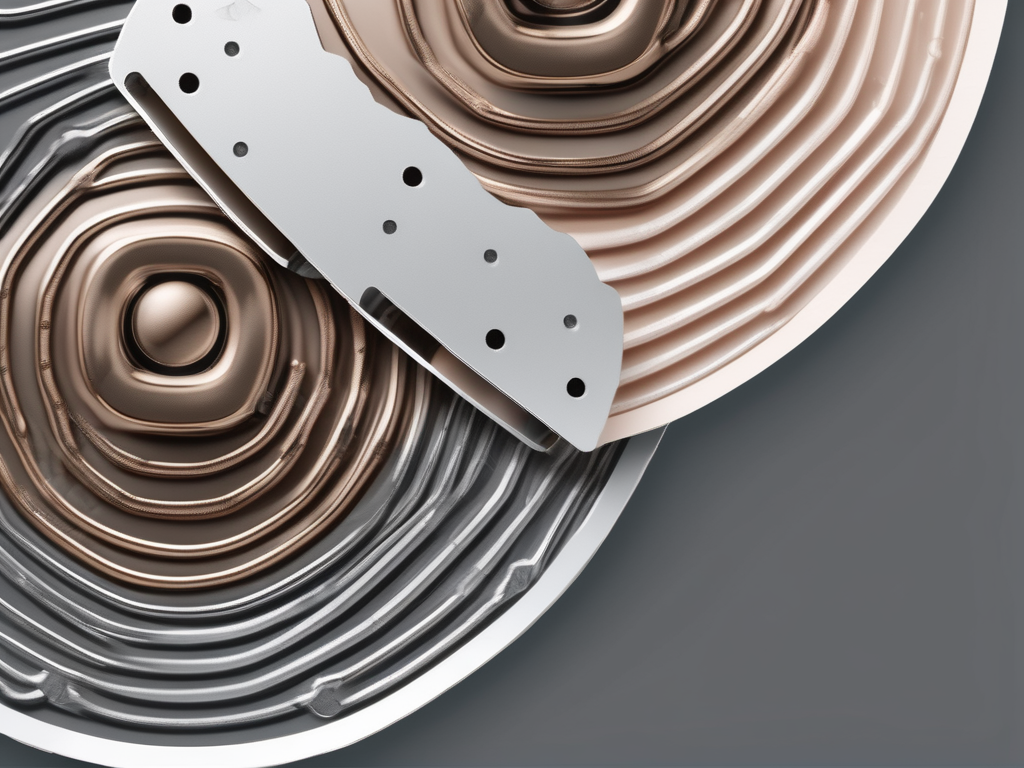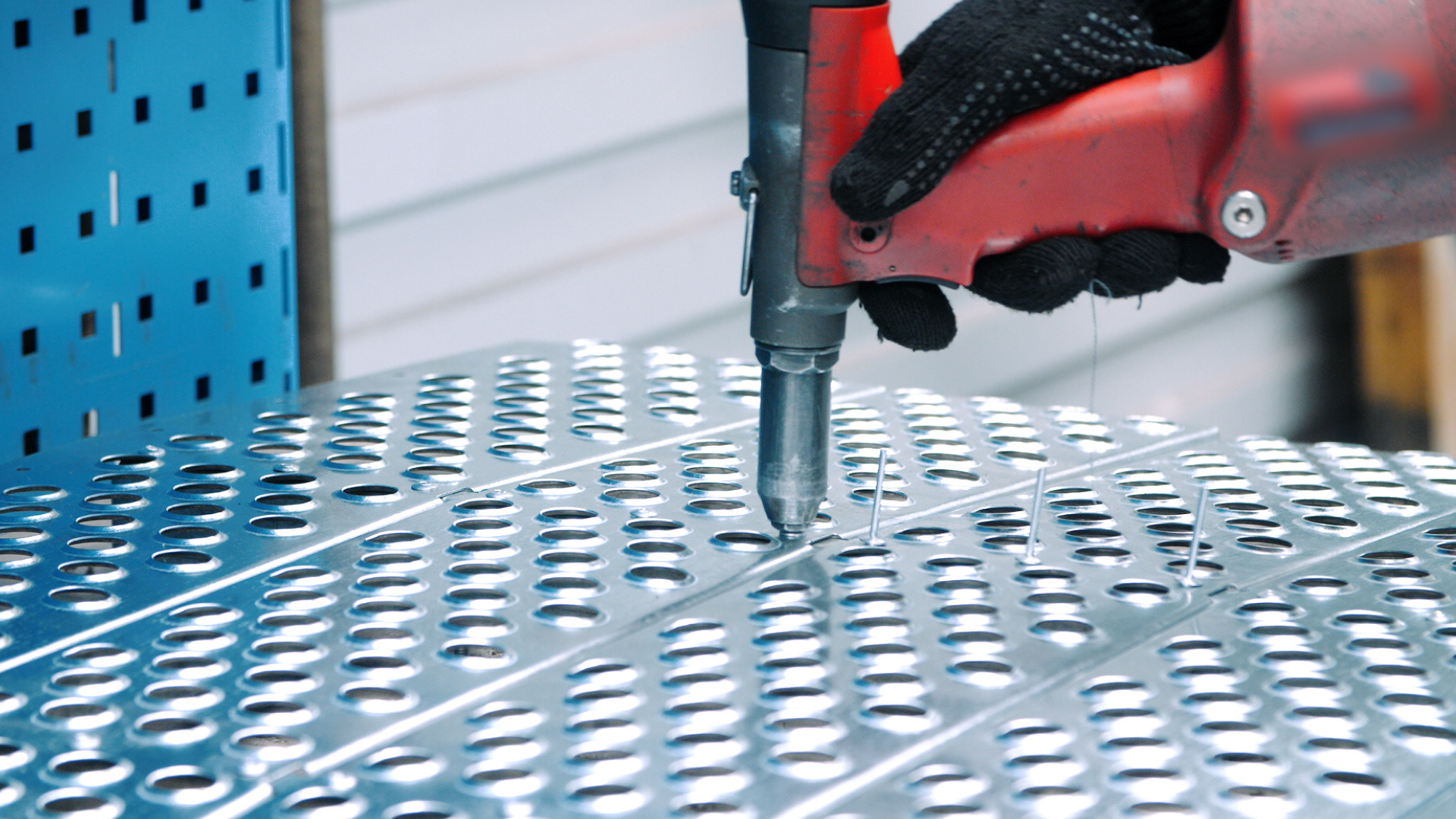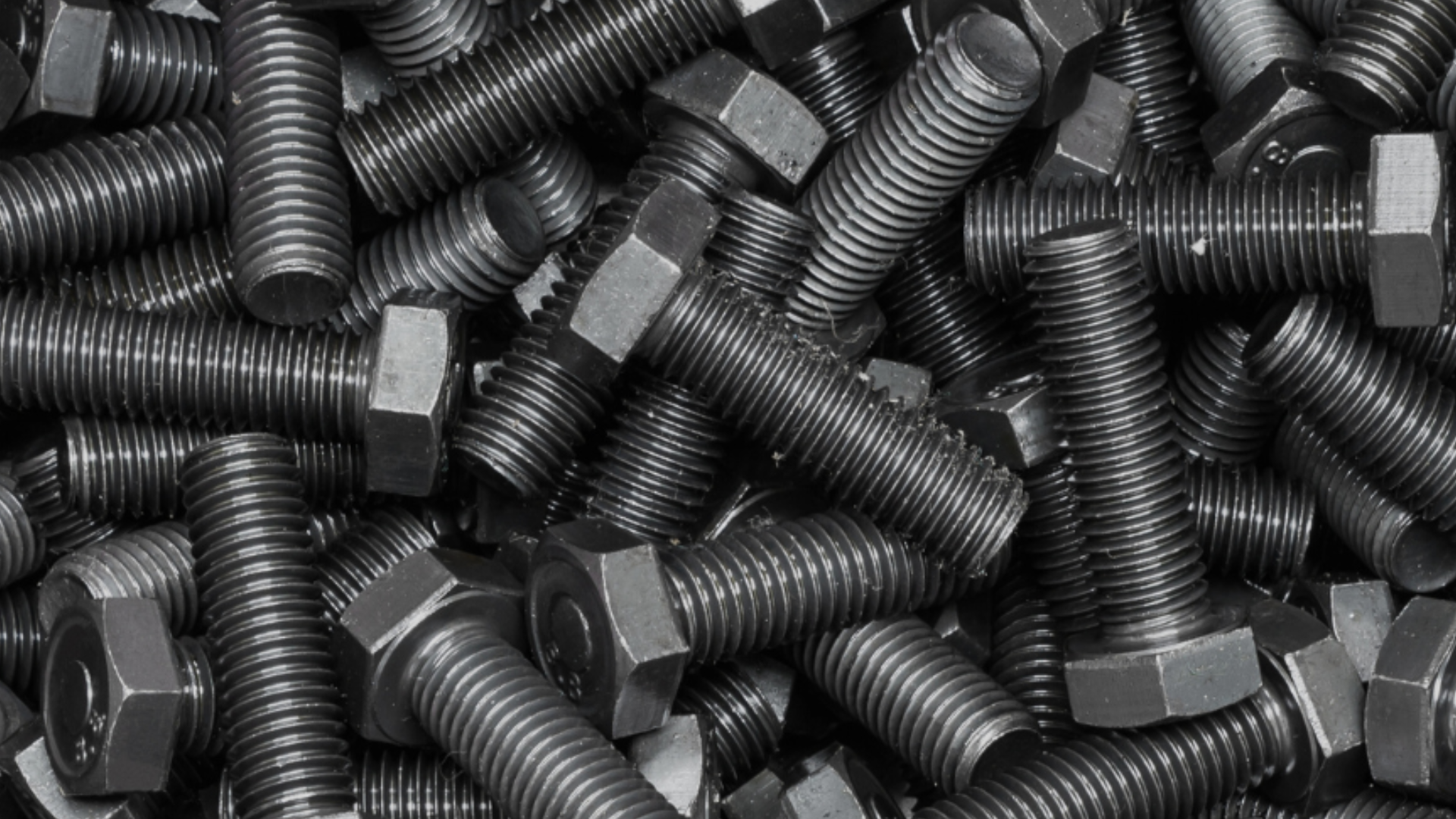A drilling rig is a complex piece of machinery that is used to create boreholes in the earth. These boreholes are typically used for extracting natural resources such as water, oil, or gas. In the context of water well drilling, a drilling rig is used to penetrate the ground and reach the water table, allowing for the extraction of fresh water for various uses. This article will delve into the intricacies of a drilling rig, explaining its various components and their functions in the process of water well drilling.
The drilling rig is an integral part of the water well drilling process. It is responsible for creating the initial hole, as well as deepening and widening it as necessary. The rig also handles the placement of the casing, which is a tube that is inserted into the drilled hole to prevent it from collapsing and to protect the water from contamination. Understanding the workings of a drilling rig is crucial for anyone involved in the water well drilling industry, from engineers and technicians to project managers and safety officers.
Table of Contents
Components of a Drilling Rig
A drilling rig is made up of several key components, each with a specific role in the drilling process. These components work together to ensure the drilling process is efficient and safe. The main components of a drilling rig include the mast, the drill string, the drill bit, the mud system, the power system, and the control system.
The mast, also known as the derrick, is the tall structure that supports the weight of the drill string and the casing. It also provides a platform for the crew to work on. The drill string is a series of interconnected drill pipes that transmit rotational force from the power system to the drill bit. The drill bit is the component that actually cuts into the earth, and its design can vary depending on the type of ground being drilled into.
Mud System
The mud system, also known as the drilling fluid system, is responsible for circulating a special type of fluid known as drilling mud. This mud serves several purposes: it cools and lubricates the drill bit, it carries the cuttings (the material that is drilled out of the ground) back to the surface, and it helps to maintain the stability of the borehole.
The mud system consists of several components, including the mud pumps, the mud tanks, and the mud mixers. The mud pumps are responsible for circulating the mud through the system, while the mud tanks hold the mud before and after it is circulated. The mud mixers are used to mix the mud to the correct consistency and composition.
Power System
The power system of a drilling rig provides the energy needed to drive the drilling process. This typically involves a set of diesel engines or electric motors, which power the various components of the rig. The power system also includes the transmission, which transfers power from the engines or motors to the drill string.
The design of the power system can vary depending on the specific requirements of the drilling operation. For example, some rigs may use a direct drive system, where the engines or motors are directly connected to the drill string. Others may use a mechanical or hydraulic transmission system, which allows for more flexibility in the distribution of power.
Drilling Methods
There are several methods that can be used to drill a water well, each with its own advantages and disadvantages. The choice of drilling method depends on a variety of factors, including the type of ground being drilled into, the depth of the water table, and the resources available for the drilling operation.
The most common drilling methods used in water well drilling are rotary drilling and percussion drilling. Rotary drilling involves rotating a drill bit to cut into the earth, while percussion drilling involves repeatedly striking the ground with a heavy weight to create a hole. Both methods can be used with a drilling rig, although the specific design of the rig may vary depending on the drilling method used.
Rotary Drilling
Rotary drilling is the most commonly used method in water well drilling. It involves the use of a rotating drill bit to cut into the earth. The drill bit is attached to the end of the drill string, which is rotated by the power system of the drilling rig. As the drill bit cuts into the earth, the cuttings are carried back to the surface by the drilling mud.
The main advantage of rotary drilling is its speed and efficiency. It can drill through a wide range of ground types, from soft soil to hard rock, and it can reach great depths. However, it requires a significant amount of power and a complex mud system, which can make it more expensive and complex to operate than other drilling methods.
Percussion Drilling
Percussion drilling, also known as cable tool drilling, involves repeatedly striking the ground with a heavy weight to create a hole. The weight, known as the drill bit, is attached to a cable and is raised and dropped by a winch system. As the drill bit strikes the ground, it breaks up the earth and creates a hole.
The main advantage of percussion drilling is its simplicity. It requires less power and fewer components than rotary drilling, which can make it cheaper and easier to operate. However, it is slower than rotary drilling and may not be suitable for drilling through hard rock or for reaching great depths.
Drilling Rig Safety
Working on a drilling rig can be a dangerous job, with risks ranging from falling objects and high-pressure equipment to hazardous materials and extreme weather conditions. Therefore, safety is a paramount concern in the operation of a drilling rig.
There are several safety measures that are typically implemented on a drilling rig. These include the use of personal protective equipment (PPE), such as hard hats, safety glasses, and steel-toed boots; the implementation of safety procedures and protocols; and the provision of safety training for all crew members.
Safety Equipment
Personal protective equipment (PPE) is a crucial part of drilling rig safety. This includes hard hats, safety glasses, steel-toed boots, and high-visibility clothing. In addition, workers may be required to use specialized PPE for certain tasks, such as respirators for working with hazardous materials or fall protection equipment for working at heights.
Other safety equipment on a drilling rig may include fire extinguishers, first aid kits, and emergency escape equipment. The rig may also be equipped with safety systems such as gas detection systems, emergency shutdown systems, and blowout preventers (devices designed to prevent the uncontrolled release of oil or gas).
Safety Procedures and Protocols
Safety procedures and protocols are a key part of drilling rig safety. These are rules and guidelines that are designed to prevent accidents and injuries. They cover a wide range of topics, from the correct use of equipment and machinery to the handling of hazardous materials and emergency response procedures.
These procedures and protocols are typically developed by the drilling company in accordance with industry standards and regulations. They are enforced by safety officers, who are responsible for ensuring that all crew members are following the procedures and protocols and for conducting regular safety inspections and audits.
Conclusion
A drilling rig is a complex piece of machinery that plays a crucial role in the process of water well drilling. Understanding the components of a drilling rig and how they work together, as well as the different drilling methods and safety considerations, is essential for anyone involved in the water well drilling industry.
While the operation of a drilling rig can be a complex and challenging task, it is also a rewarding one. With the right knowledge and skills, a drilling rig can be operated safely and efficiently, providing a vital resource for communities around the world.



